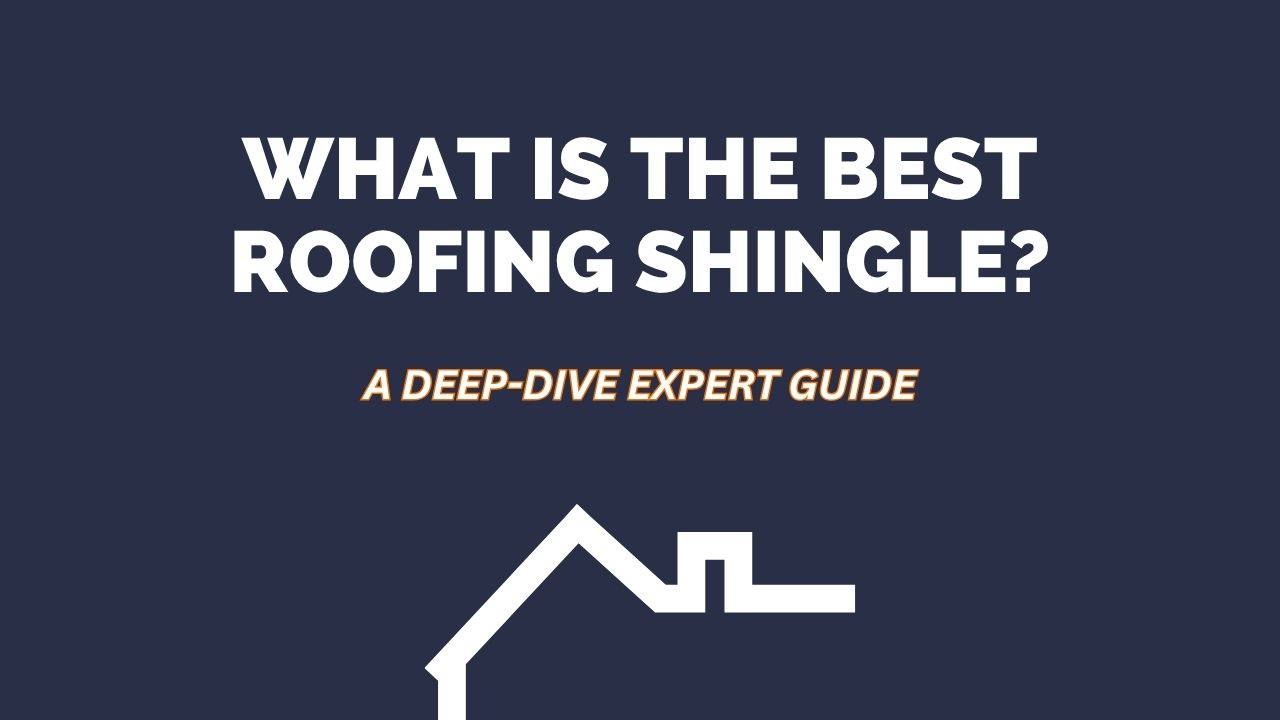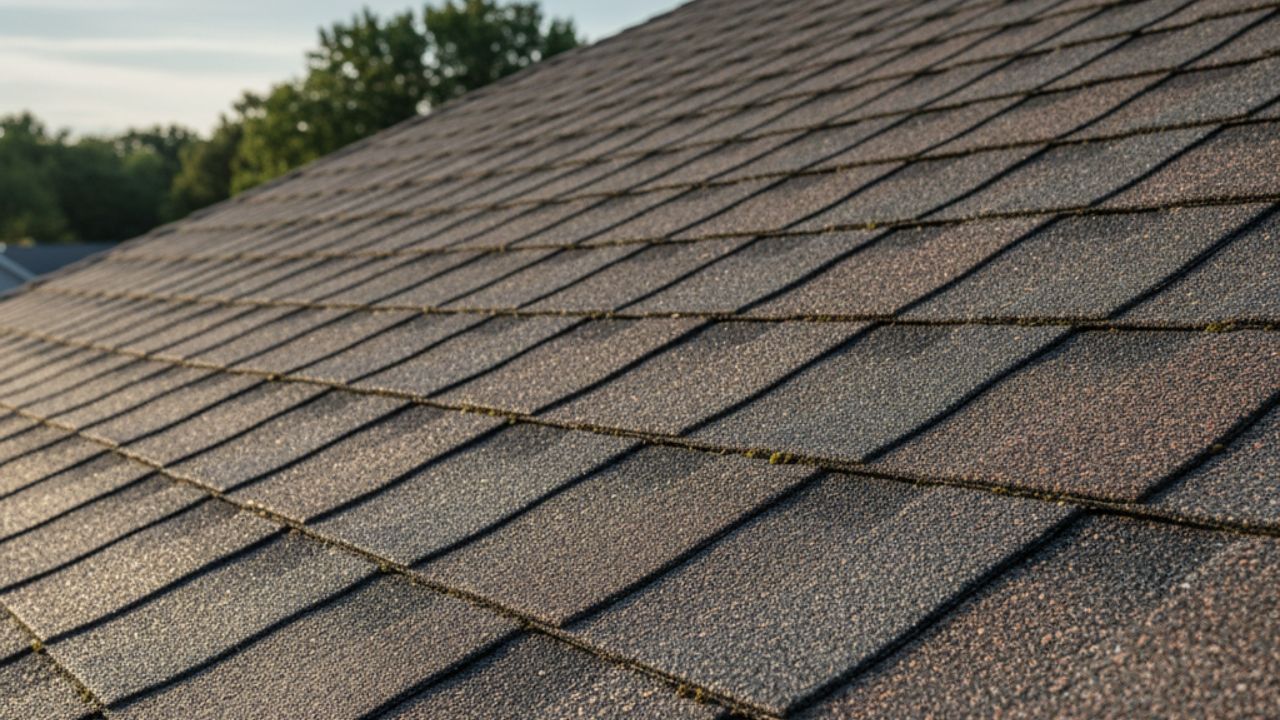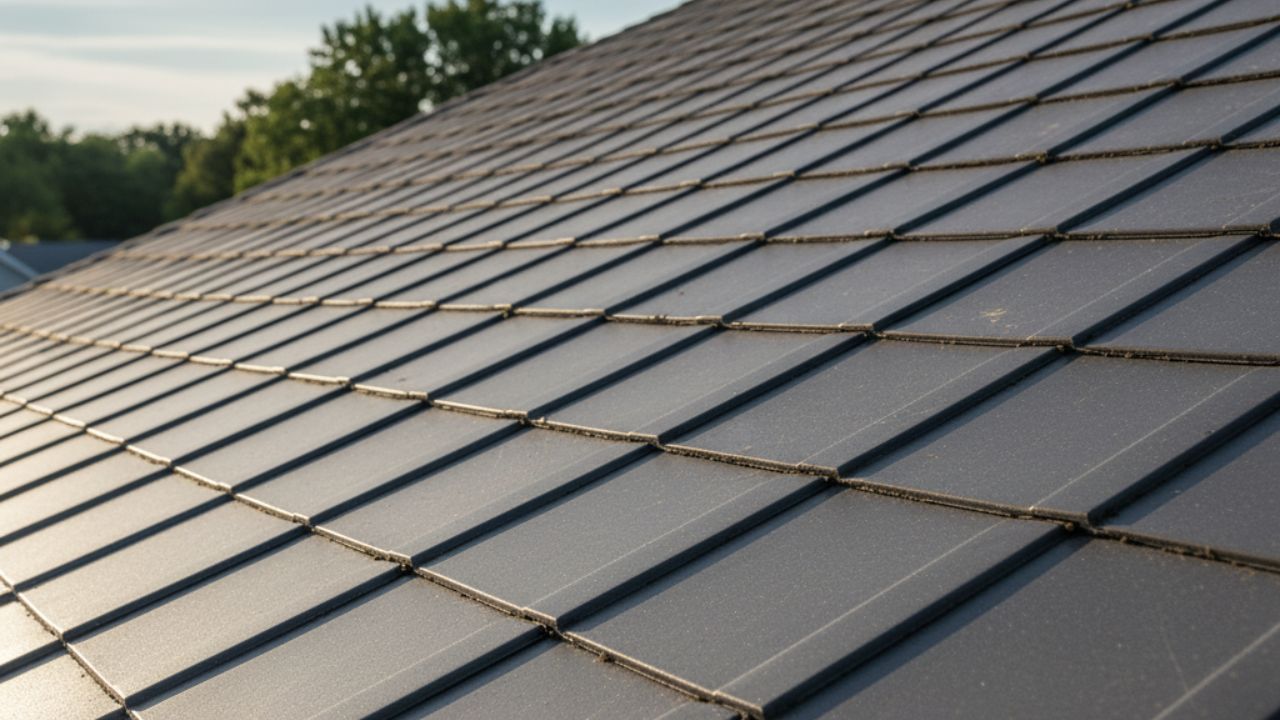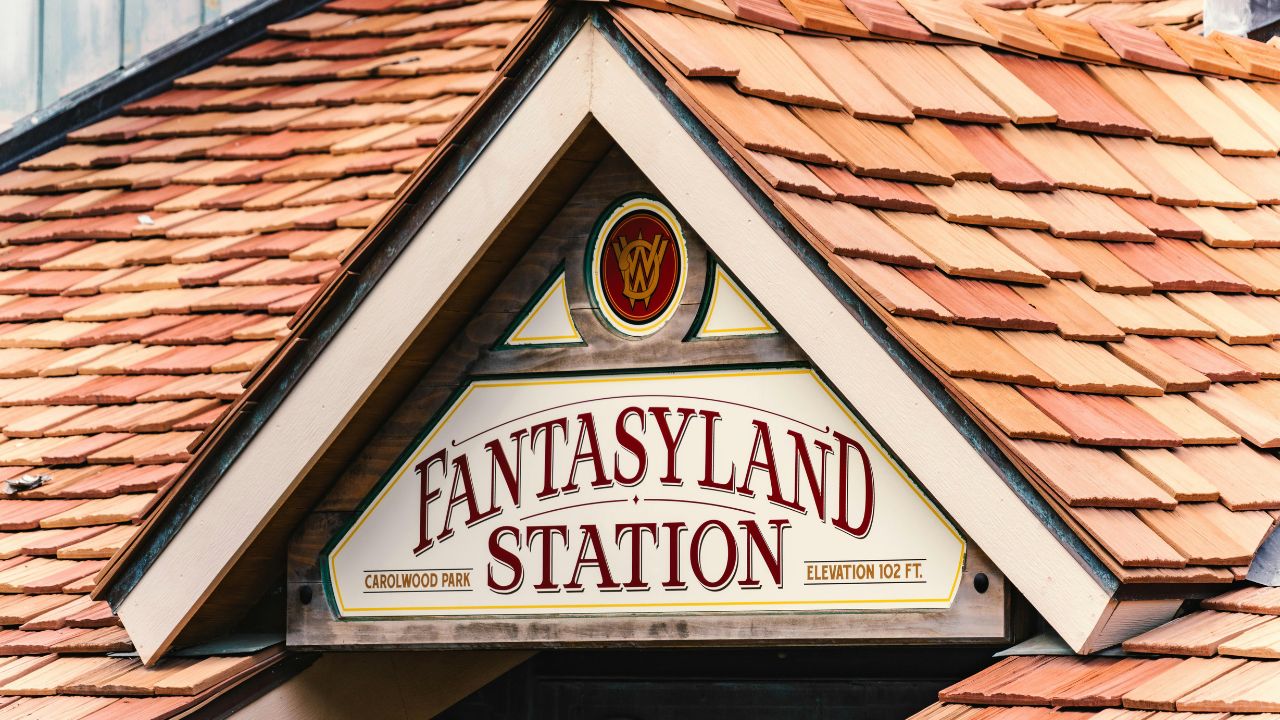What Is the Best Roofing Shingle? A Deep-Dive Expert Guide


When it comes to roofing shingles for your home, there’s no one-size-fits-all “best”—but there are clear front-runners depending on your budget, climate, roof structure and long-term goals. In this blog I’ll walk you through how to think like an expert, what to look for, and the top choices in the U.S. so you can pick the best shingle for your situation.
What you should evaluate before choosing
Before you pick a shingle, ask yourself the following key questions:
What is my climate and weather exposure?
- If you’re in a windy, hail-prone, or coastal area, you’ll want shingles with high wind resistance and impact ratings (hail, debris). Some basic options won’t hold up as well.
- If you’re in a hot climate, look for shingles with good reflective or “cool roof” characteristics to reduce heat gain.
What is my budget – both upfront cost and long-term cost?
- Cheaper materials cost less now, but may need replacement sooner or have higher maintenance.
- Also consider installation complexity, structural support (if heavy materials), and how visible the roof is (curb appeal matters for resale).
What is the lifespan and warranty I want?
Some shingles last 15-20 years, others 30-50 or more if well maintained. Warranties vary and often depend on proper installation.
What is the architectural style of my home, and what appearance do I want?
The “look” of your roof matters: traditional asphalt vs. luxury shingles mimicking slate or shake. Style + color + texture play into value and aesthetics.
What is the structural capacity of my roof?
Heavy shingles (like slate or some tile/metal) may require reinforcement of the roof deck or framing.
What local building code or HOA requirements apply?
Some areas may require fire rating, wind uplift resistance, or specific materials (especially in wildfire zones, coastal zones).
The top shingle material types and how they compare
Here are the main types of shingles, how they perform, and when they make sense.
A. Asphalt Shingles – The Workhorse
These are by far the most common residential roofing shingles in the U.S. Why? Because they strike a good balance of cost, performance and availability.

Sub-types & what to know:
- 3-tab asphalt shingles: The basic “flat” style with three tabs per strip. Lower cost, shorter lifespan, less wind/impact resistance.
- Architectural (or dimensional) asphalt shingles: A thicker, layered version that gives more depth/texture, better performance (wind, hail) and better aesthetics.
- Luxury or “designer” asphalt shingles: The premium asphalt shingles that mimic slate, shake or tile, with thicker build, greater lifespan and higher cost.
Pros:
- Broadly available, many colors/styles.
- Relatively low cost compared to premium materials.
- Easier/cheaper to install.
- Good for typical U.S. homes where conditions are moderate.
Cons:
- Shorter lifespan compared to metal, slate, tile.
- Less premium appearance (unless you select the luxury tier).
- In harsher climates (hurricane, relentless hail) may perform less well.
Verdict:
If you’re looking for best value and your home is in a relatively standard climate (neither extreme wind/hail nor extreme heat), high-quality architectural asphalt shingles often make the best choice. They hit the sweet spot for many homeowners.
B. Metal Shingles
Metal shingles are rising in popularity—they combine longevity and durability with a modern look.

Key attributes:
- Excellent wind, rain and fire resistance.
- Long lifespan (often 40-70 years or more).
- Can be energy efficient (reflective surfaces).
- Higher upfront cost. More complex installation.
When it makes sense:
- Your home is in a severe weather region (hail, wind, coastal).
- You plan to stay in your home for the long term (maximize lifespan).
- You want premium material and are willing to pay more up front.
Keep in mind:
- Some home structures may need reinforcement depending on style/weight.
- Appearance and noise (in rain/hail) may differ from asphalt.
- Budget needs to account for higher initial cost—though long-term value may offset that.
C. Wood Shingles & Shakes
Natural wood shingles (or shakes) provide a distinctive, rustic look—but they come with special maintenance and cost considerations.

Pros:
- Natural aesthetic that many homeowners love.
- Good insulation properties.
Cons:
- Vulnerable to fire (unless specially treated), insect damage, rot/mold in damp areas.
- Requires more maintenance than asphalt or metal.
- Cost is higher and lifespan may not reach highest tiers unless maintained.
When to choose:
- Your home style calls for wood (historic homes, cabins, etc).
- You’re in a climate where wood can be maintained easily (dry, low insect/fire risk).
- You’re willing to commit to the maintenance.
D. Slate, Clay, Concrete & Synthetic Premium Options
These options represent the high end of roofing—luxury, longevity, aesthetics, and cost.
Slate (natural):
- Extremely long lifespan (60-150 years+).
- Very heavy. Installation cost, structural support and material cost all high.
Clay/Concrete Tiles:
- Excellent durability, fire/insect resistance. (Angi)
- Heavy, may require structural reinforcement.
Synthetic/Composite Shingles:
-
Designed to mimic slate/wood but lighter and often cheaper; decent durability.
When to pick:
- You have a high-budget project.
- Your home will benefit from maximum curb appeal/resale value.
- You plan to stay long‐term or view it as a lifetime investment.
Tradeoffs:
- Cost is significantly higher.
- Installation may be more complex.
- Weight/structure must be considered (especially for slate/tiles).
Expert recommendation: what is the best for most homeowners
If I were advising the average U.S. homeowner (good quality home, moderate climate, wanting value + performance) I’d say:
Go with a high-quality architectural asphalt shingle (the mid-tier of asphalt).
It strikes the best combination of:
- Reasonable upfront cost
- Solid lifespan (typically 25-30 years or more)
- Easier installation and maintenance
- Good style options
Then upgrade to metal or premium materials if one or more of these apply:
- Your region is extreme (wind/hail/coastal)
- You intend to stay in the house for decades and want “install once” roof
- You want the highest curb appeal and budget allows
- Your structure can handle heavier materials
For homes on a tighter budget or secondary buildings, the basic 3-tab asphalt might suffice—but realize you’re compromising lifespan and potentially weather resilience.
Practical tips & things to watch
- Check wind/uplift ratings: Especially in hurricane/hail zones.
- Look at the warranty closely: What’s covered (materials vs installation vs labor)? Are there conditions? (CertainTeed)
- Color-choice and reflectivity: Lighter colors reflect heat better (helpful in hot climates).
- Don’t skimp on underlayment/ventilation: Even best shingles fail sooner if the roof deck, ventilation or flashing aren’t done right.
- Roof pitch and structure matter: A very low slope may limit shingle options; heavy shingles may need extra framing.
- Hire experienced installer/contractor: The best shingle won’t perform if installation is poor. Mistakes cost more in the long run.
- Maintenance: Clean gutters, inspect for damage, watch for algae/moss growth (especially in humid areas).
- Timing & cost planning: Estimate how long you plan to stay in the house—if 10-15 years, a mid-tier asphalt may be enough; if 30+ years, premium material may pay off.
Final takeaway
In summary:
- There’s no absolute “best roof shingle” for every homeowner.
- For most U.S. homes, a quality architectural asphalt shingle offers the best value.
- If budget allows and conditions demand it, upgrading to metal or premium materials can provide greater durability and long-term value.
- Always factor in climate, budget, structural/installation needs and long-term goals.
- Make sure your contractor and materials are up to the job.
If you like, I can compare top brands (cost, warranty, performance) of architectural asphalt shingles in the U.S., to help you pick which one to buy. Would you like that?